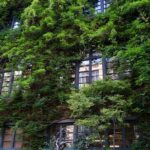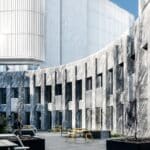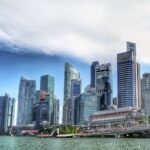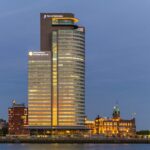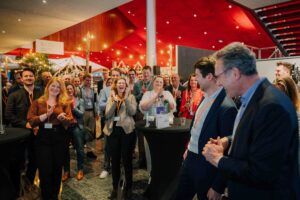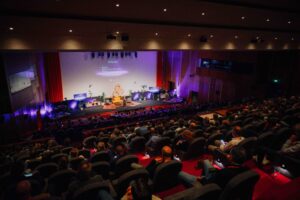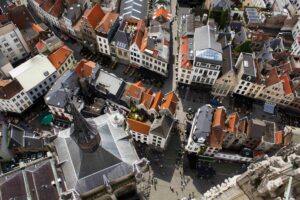
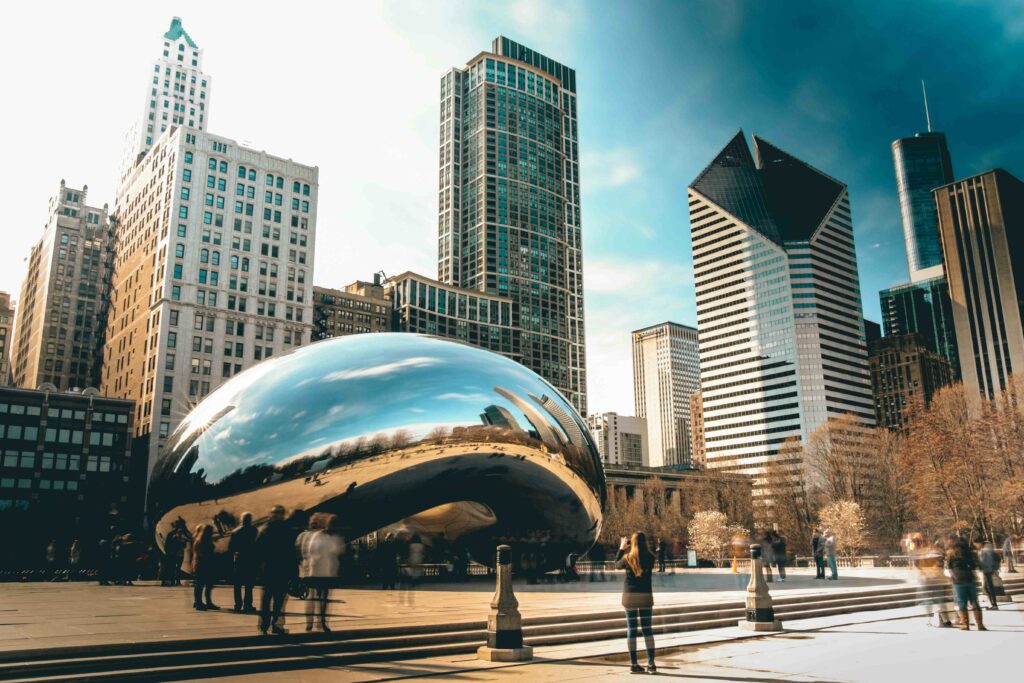
Challenges and opportunities for sustainable building practices in US megacities
In major US megacities like New York City, Los Angeles, and Chicago, economic, cultural, and social activities thrive. However, these cities also struggle with issues like socioeconomic disparities, congestion, and environmental degradation. Sustainable building practices can be the cornerstone to addressing these challenges. This article examines how sustainable building practices can tackle the diverse issues faced by US megacities, from socioeconomic disparities to environmental concerns, and highlights opportunities for positive change.
Megacities explained
Megacities are metropolitan areas with populations exceeding 10 million people, exerting significant economic, cultural, and social influence. In the United States of America there are a number of metropolitan areas that can be classified as megacities such as New York City and the greater areas of Los Angeles and Chicago, among others. Among the many positives of megacities in the USA such as economic growth, employment opportunities, infrastructure development and cultural and social diversity, there are many accompanying negative aspects too. These negative traits range from socioeconomic disparities to increased congestion, lack of affordable housing and environmental concerns. As ultra-urbanised regions, megacities face environmental challenges such as poor air quality, waste management obstacles and an increased strain on natural resources1. Many metropolitan areas are striving to implement sustainable practices and environmental initiatives to mitigate these negative impacts on its people and the environment.
Sustainable building practices could help to mitigate some of the aforementioned challenges faced by megacities in the USA ranging from socioeconomic disparities to security concerns and environmental degradation. By integrating environmentally positive designs, materials and technologies into urban development, cities can start to reduce their carbon footprint, conserve resources and create healthier environments for their residents.
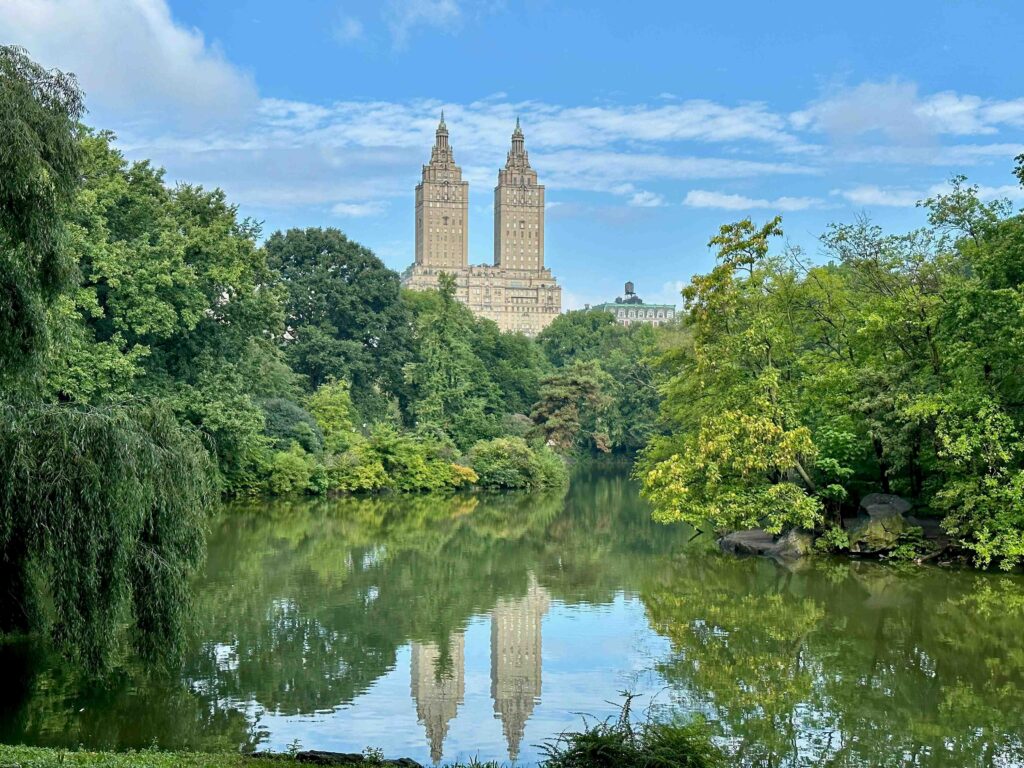
Challenges with implementing sustainable building practices in US megacities
Implementing sustainable building practices in US megacities presents several challenges:
- Ageing and inefficient infrastructure: Many buildings in US megacities, such as New York City, were constructed during rapid growth periods centuries ago. While some have been retrofitted, many remain energy-inefficient due to poor insulation compared to modern standards.
- Lack of centralised data: The absence of centralised data on city-wide resource usage and emissions hampers the establishment of benchmarks and progress tracking for sustainable initiatives.
- Social inequity and lack of affordable housing: High levels of social inequity and a shortage of affordable housing pose challenges to adopting sustainable building practices, often deprioritising these initiatives on city agendas.
- Governance complexities: US megacities face governance challenges due to multiple jurisdictions and levels of government, making it difficult to coordinate actions towards sustainability.
- Rapid population growth and urban sprawl: Increasing population growth and urban sprawl strain existing infrastructure and resources, necessitating urgent attention to sustainable solutions.
Opportunities ahead
Amidst these challenges that megacities may be facing in implementing sustainable building practices, there are plenty of opportunities to address the concerns of climate mitigation and adaptation within these urban centres. Firstly, these cities can and have been implementing green zoning policies and sustainability goals to drive building efficiency and emissions reductions. Cities such as Washington D.C., Austin, Denver and Portland have adopted green building codes that require new construction and major renovations to meet certain sustainability standards such as LEED certification. By enforcing these green building standards, and energy-efficient features within new builds or major retrofit developments, this would reduce utility costs of low-income residents and thus help to address the inequality within these societies. Due to the sheer size of these megacities the ability to leverage public-private partnerships and university-government collaborations to develop and test innovative solutions is a key opportunity. New York City for example, has placed a large focus on intergovernmental collaboration as well as public-private partnerships to drive the city’s sustainability agenda and goals. In order to address the above-mentioned challenges of lack of centralised data and resource strain, megacities have the opportunity to adopt Smart City technologies which would aid in data collection as well as resource and infrastructure utilisation. Smart mobility technologies, for example, can assist in alleviating traffic gridlocks which plague many large US cities.
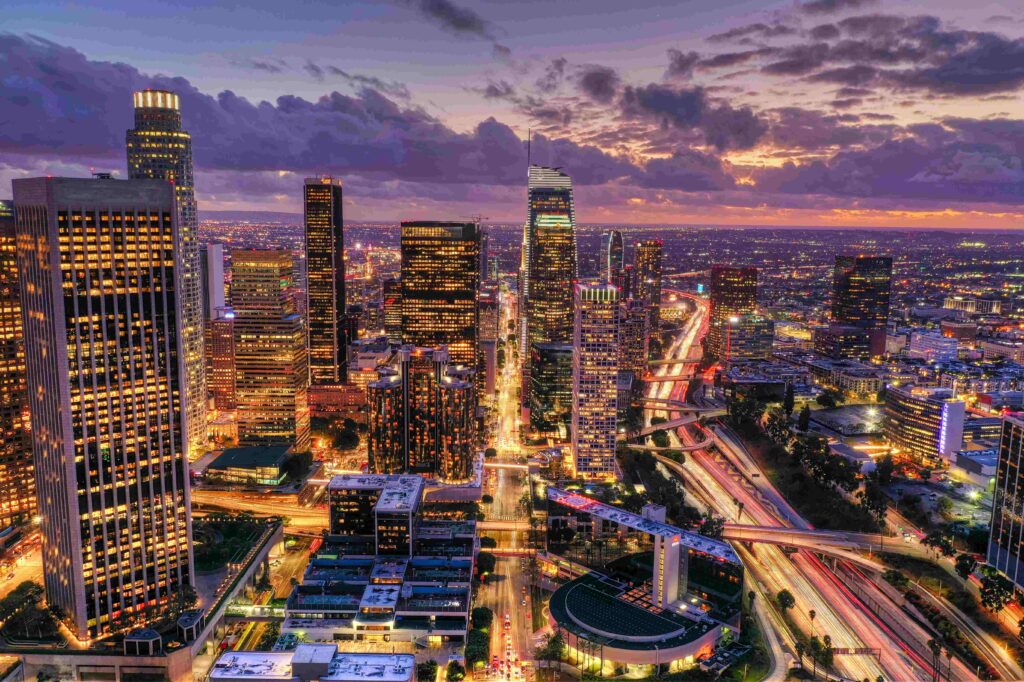
Supporting sustainable practices with CFP Green Buildings
The use of the CFP Green Buildings Tool has the capability to support many of the above opportunities. Firstly, the Tool can be utilised to establish benchmarks of the current efficiency performance of buildings within these urban hubs. By understanding the benchmarks, pragmatic and achievable decarbonisation pathways can be developed by city officials or private building owners.
The Tool can then be used to devise business cases for various different retrofitting measures and the user can define a retrofit plan and timeline with the aid of the Tool’s algorithms suited to the location. This feature empowers stakeholders to make informed decisions about implementing measures to reduce carbon emissions
The CFP Green Buildings Tool can seamlessly integrate into existing building management systems utilised by large real estate owners through the development of APIs. This integration streamlines the process of developing a comprehensive business case for decarbonisation across their portfolios.
To summarise
In conclusion, the challenges facing megacities in the USA regarding the implementation of sustainable building practices are multifaceted and significant. From aged infrastructure to social inequity and governance complexities, these hurdles pose formidable barriers to achieving environmentally responsible urban development. However, amidst these challenges lie abundant opportunities for positive change. Through the adoption of green zoning policies, fostering public-private partnerships, and leveraging innovative technologies, megacities can transition towards more sustainable urban landscapes. Initiatives such as LEED certification requirements and Smart City technologies offer promising avenues for reducing carbon footprints, conserving resources, and enhancing the overall quality of life for residents. The CFP Green Buildings Tool can support a range of stakeholders – from government organisations, large real estate companies or individuals owning property – in creating their business cases for decarbonization retrofits to support sustainable buildings practices within the USA’s urban environments. By embracing sustainable building practices, megacities in the USA can not only mitigate environmental degradation but also foster resilience against the impacts of climate change, ensuring a more sustainable and prosperous future for generations to come.
Do you want to know how the Green Buildings Tool can assist you in achieving your sustainability goals? Read more about the Green Buildings Tool or get in touch for a demo.
